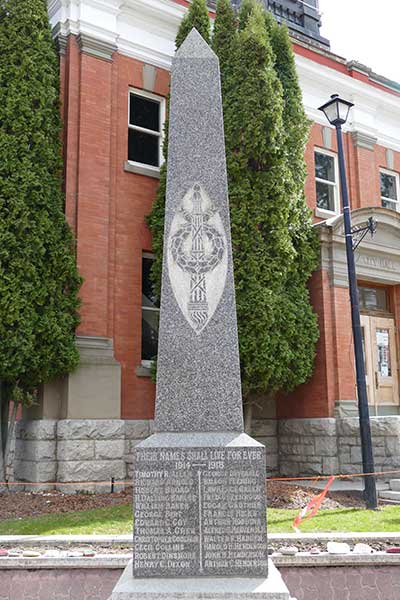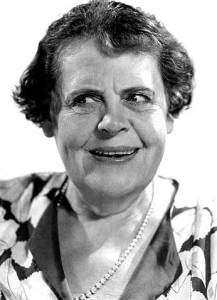In the past week or so (Aug 14~20, 2022) we’ve wandered to nearby geographic features that might be interesting to photograph.
First we visited Wilgress Lake. (Google Map) It’s right beside Highway #3 and has some amenities such as washrooms, picnic tables and a dock.
I noticed a strange pattern in the water below the drone. It appears as 8 round shapes around a central round shape and is only there in the subtle shades of colour in the water. I tried enhancing that section of the photo to bring it out – that is what you see below.

The next lake on that journey was Jewel Lake.
Jewel Lake is a popular spot. There are cottages in the area around the lake, a provincial park and a small resort (Facebook) at the south-west end that this picture was taken at.
Greenwood BC advertises itself as Canada’s Smallest City. The population was under 700 a few years ago.
If you ever watched the film Snow Falling on Cedars (1) you’ve seen Greenwood – it stood in for the American city in the movie. Some of the painted signage can still be seen fading on buildings.
Back over a century ago this area had a lot of active mining going on. Mines produce Ore and ore needs to be processed and smelted to turn it into something useful with $$ value.
There used to be a smelter in Greenwood. Built by the BC Copper Company at the turn of the century it first fired up in 1901. You can learn a bit more about that on this web page and what the city is doing to preserve it on this page. All that is left now is the smoke stack, the flume, some foundations, a reservoir and the slag pile. The video only shows the stack and the slag – I’ll try and get the other parts at a later date.
The city is working on the site so going to the actual stack would have entailed trespassing so I settled for coming at it from a distance.
I got the drone to circle the stack and later on I added some music I created adhoc using RemixLive on a Chromebook. I’m having fun using the ‘make a soundtrack’ function to help drive the ‘learn the music making tool’ process.
A few days later I found myself at Christina Lake so before I returned home I stopped and popped the drone up for a couple of shots.
Christina Lake is a popular summer spot with a provincial park, campgrounds, camper spaces, lake front properties and, of course, the Lake.
As I look at these I’m struck with this thought: Most of my output has been shared on Facebook and most of the people viewing that are familiar with the area. For those who have never been here to take a gander around one of these lakes is to view something without context. If I had markers floating in the spherical panos that showed Grand Forks is over here, Greenwood is over there, Vancouver is way over there . . . then maybe these pictures would have some contextual meaning to some of you.
Something to think about for the future.

 Initially I thought it was a Charlie Chaplin film because that’s who I saw and recognized right off. But as the movie progressed I noticed that Charlie wasn’t playing the adorable little tramp he was famous for. Then when the inter-scene title graphic showed up it was clear it wasn’t a Charlie Chaplin movie at all – he was just one of the actors. It was a Marie Dressler movie. (That’s her on the right)
Initially I thought it was a Charlie Chaplin film because that’s who I saw and recognized right off. But as the movie progressed I noticed that Charlie wasn’t playing the adorable little tramp he was famous for. Then when the inter-scene title graphic showed up it was clear it wasn’t a Charlie Chaplin movie at all – he was just one of the actors. It was a Marie Dressler movie. (That’s her on the right)